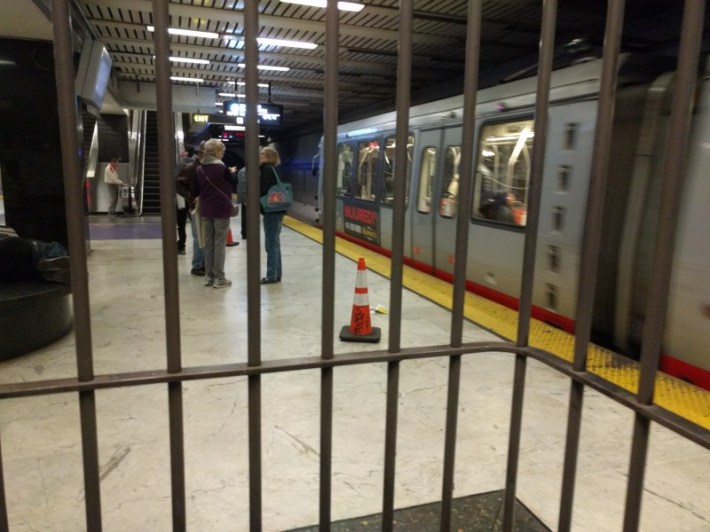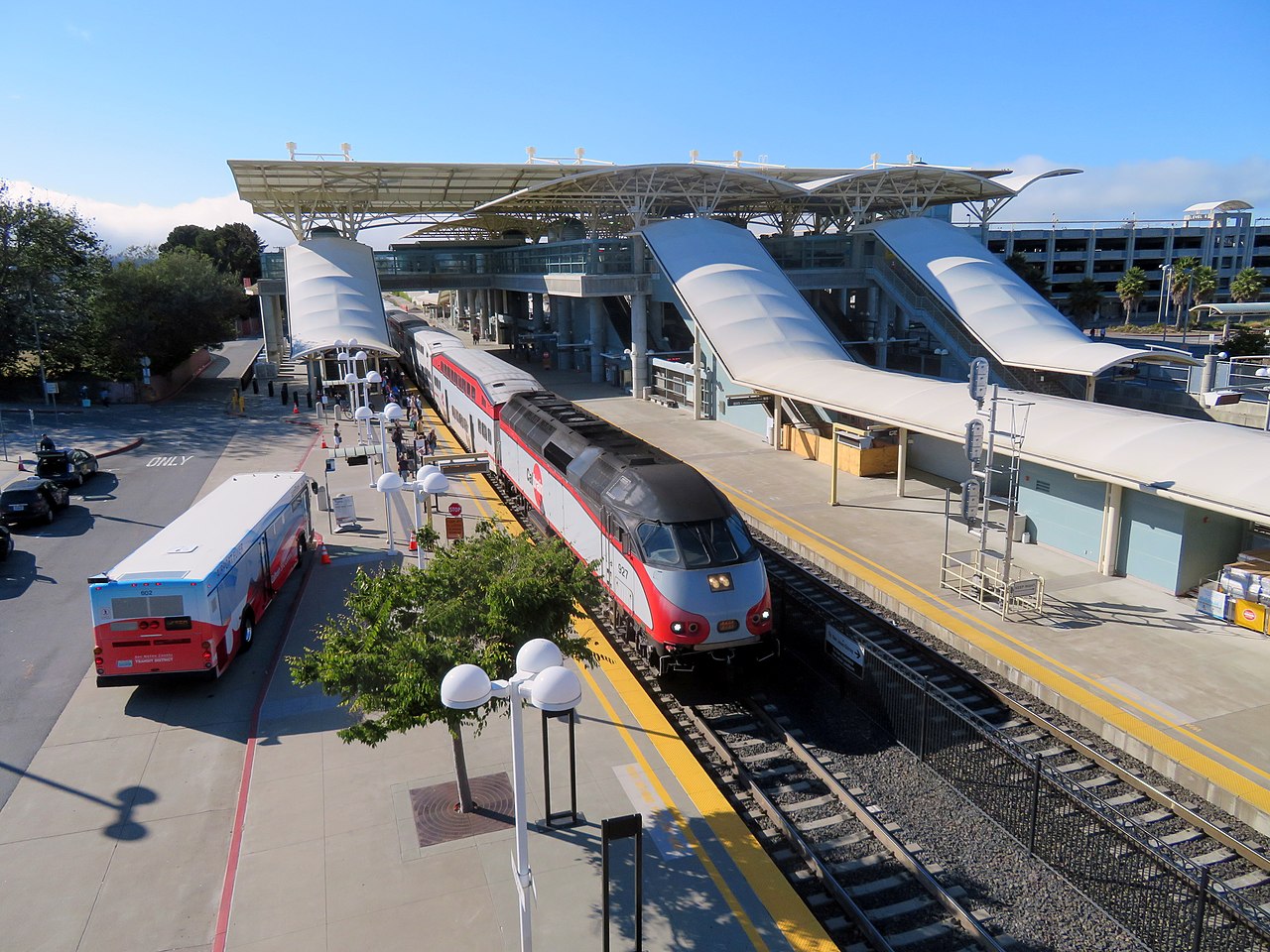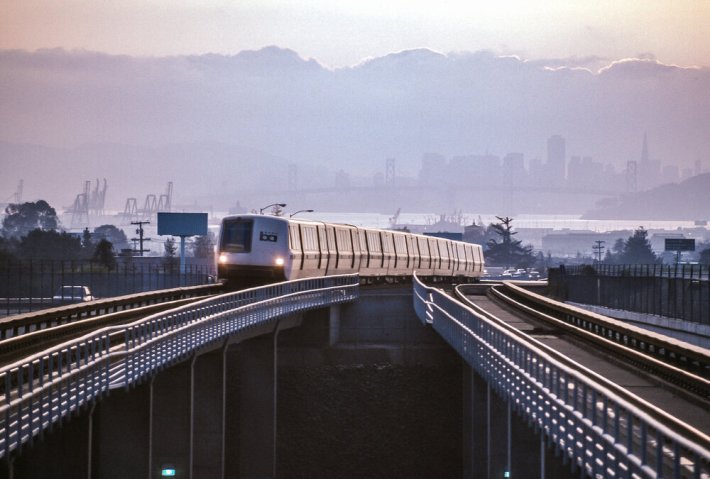Note: GJEL Accident Attorneys regularly sponsors coverage on Streetsblog San Francisco and Streetsblog California. Unless noted in the story, GJEL Accident Attorneys is not consulted for the content or editorial direction of the sponsored content.
SFMTA is set to lose $200 million this quarter. Caltrain is threatening to temporarily shut down operations altogether due to a 95 percent drop in ticket sales. And "...though the full impact of the coronavirus pandemic is not yet fully known, the San Francisco Bay Area expects to have $1.3 billion in lost revenues through 2021 not covered by the CARES Act," wrote BART and other Bay Area and national transit leaders in a joint letter to Congress.
It's ironic that the pandemic, by strangling transit budgets, has also gotten Bay Area transit agencies to work together--at least to call for emergency funding from Washington. It also highlights how ridiculous it is that they don't cooperate normally on fares, schedules, or much of anything. "It is devastating to see the effect of the pandemic on our transit agencies, but this conversation would be less painful if we had integrated fare structures that made sense. A seamless, integrated fare system would put our transit agencies on more stable financial ground," wrote San Francisco Assemblymember David Chiu, in an email to Streetsblog.
Chiu should know. He wrote Assembly Bill 2057, with the support of advocates at Seamless Bay Area, specifically to address the lack of coordination among transit agencies. Unfortunately, he was forced to withdraw it this year. "We recognize that these are unprecedented circumstances and that legislators are focused on only the most essential public health and safety measures at this time. Fortunately, the grassroots support that we built for AB 2057 remains as strong as ever, and the need for seamless and resilient transit has never been more clear," wrote Seamless in a post about the decision to delay. "That’s why Asm. Chiu and Seamless Bay Area remain strongly committed to moving some version of AB 2057 forward in next year’s legislative session.

But maybe, as some advocates hope, the intense pressure from the crisis will force transit agencies to cooperate without the legislation.
"Although AB 2057 is not moving forward to require seamless transit," wrote Friends of Caltrain's Adina Levin, "there are opportunities moving even more quickly at the regional level to quickly adapt the Bay Area’s transit system to COVID-19, which could actually lead to coordinated schedules, fares, and service even sooner."
"MTC and the region’s transit agencies don’t need [emphasis added] state legislation to start integrating their fares, routes, and timetables to benefit the riding public," wrote Tom Radulovich, Executive Director of Livable Cities and a former BART Director. "They can do it themselves, and in fact it’s their job to do so."
Of course, the crisis could have the opposite effect, with transit agencies retreating further into their silos, warns Radulovich. But it's promising that last year, the MTC finally started to show some interest in cooperation by approving a study into integrating the Bay Area's 27 transit agency fares.
Which way the Bay Area's transit agencies go in these unprecedented times, however, may come down to the ability of advocates to push. "It is insane that, because of accidents of governance and funding structure, the West Bay side of the Bay Area's regional rail network faces the possibility of shutdown because it has less stable funding than trains on the other side of the Bay," wrote Levin. "This is a dysfunctional way to manage public transit."
"The voices of advocates and riders are especially important right now to get our transit agencies to work together to make it through this crisis with a functioning system," she added.
Speaking of which, on Thursday, May 14, Seamless Bay Area and Assemblymember David Chiu are holding a webinar about the current state of transit reform efforts in the Bay Area and the latest opportunities to support seamless transit locally and in Sacramento. The webinar is free and open to all. That's Thursday, May 14, from 12-12:45 p.m. Register through Seamless's page. Login/dial-in information will be emailed to registered attendees prior to the session.






